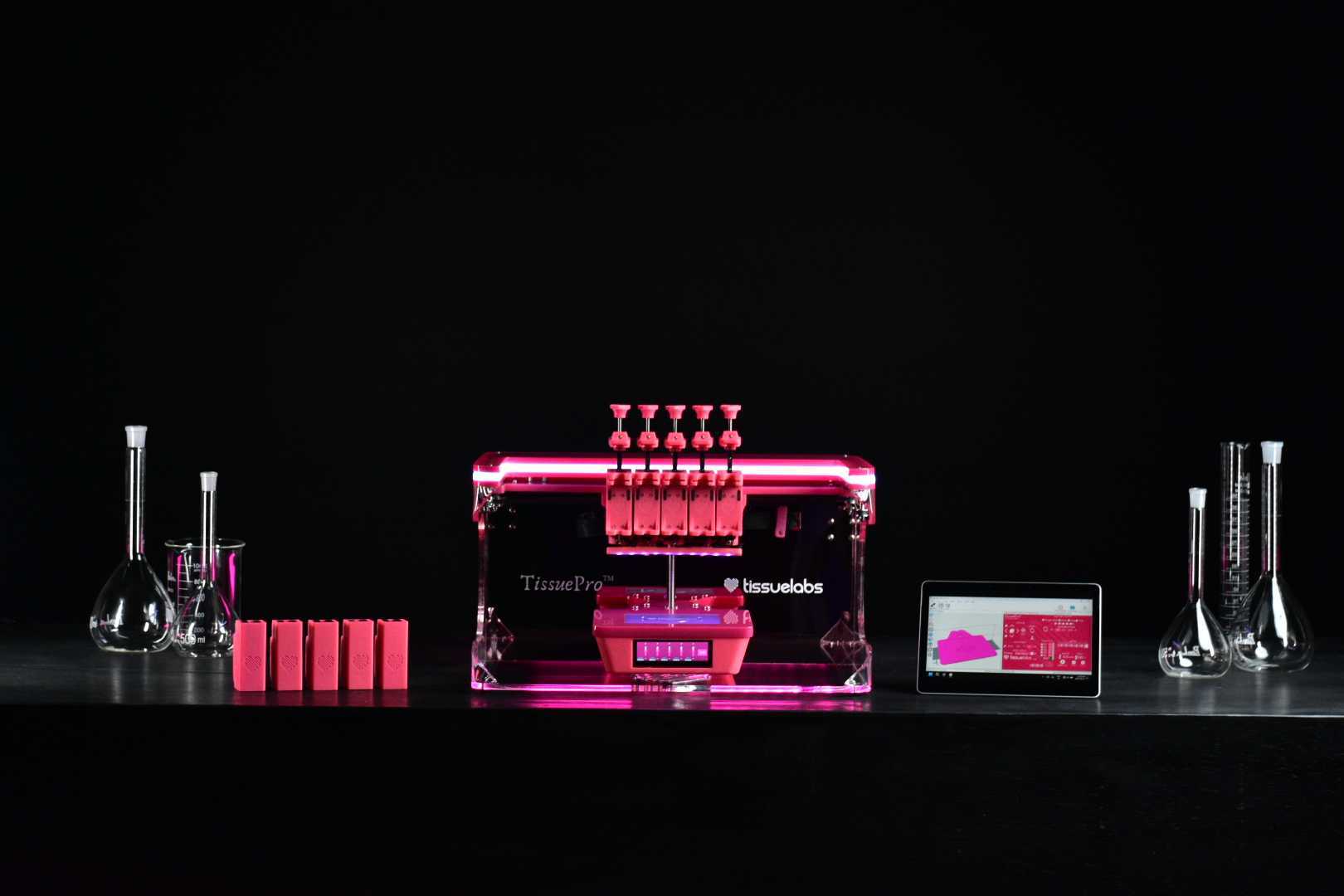German automotive supplier Continental has introduced a revolutionary sensor technology designed to measure temperature directly on the rotor of permanently excited synchronous motors (PMSMs)—a first in the electric vehicle (EV) industry. The innovation, known as the e-Motor Rotor Temperature Sensor (eRTS), is poised to make electric motors more powerful, cost-effective, and environmentally sustainable.
This advancement marks a significant leap forward in EV motor technology. Unlike current systems that estimate rotor temperature through indirect methods like stator sensors, current flow, and environmental data, the eRTS provides direct, real-time temperature readings on the rotor itself. This dramatically reduces the tolerance range from 15°C (59°F) to just 3°C (37.4°F), allowing for far greater accuracy and efficiency in motor design and operation.
Continue reading… “Continental Unveils Groundbreaking Rotor Temperature Sensor to Boost EV Efficiency and Sustainability”












